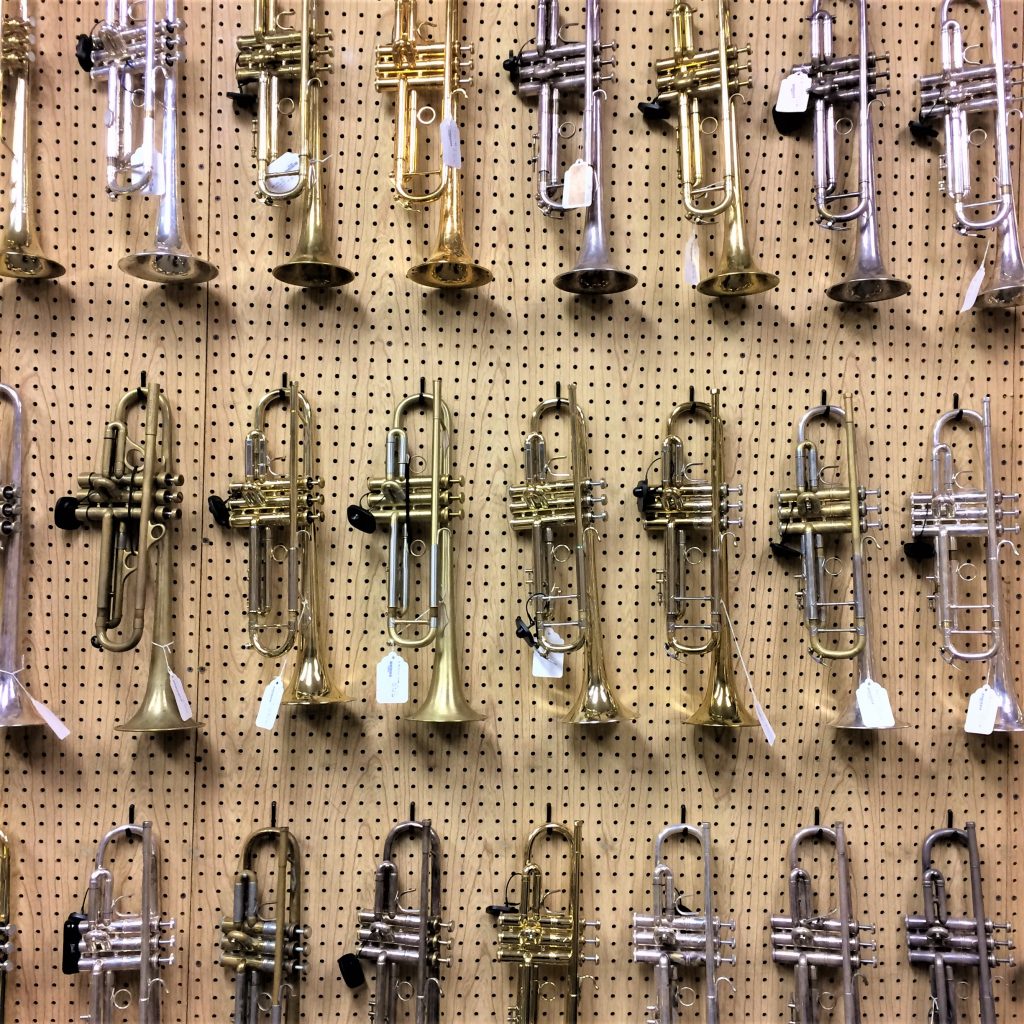The most consistent issue I’ve come across in young trumpeters is insufficient use of air. It takes many students years to understand how much air is necessary to play the instrument well and then how to appropriately utilize it. It’s easy to tell students they need more air, but “more” is a subjective idea. In contrast to open ended statements like “more,” providing descriptive ways to visualize and assess air usage can give students tools that are both more specific and more effective. A few such ideas can help students engage their air correctly without having to overthink the mechanics of it. Below are four concepts which I have consistently found useful in both my teaching and playing.
Read More »Private Teaching
Fostering Intrinsic Motivation in Students
As a teacher, one of my goals is that my students find joy and engagement in the process of learning music. The process of learning an instrument is a lengthy one, and finding ways to keep students motivated is one of teaching’s many challenges. When discussing motivation, two main styles or approaches are usually considered: intrinsic and extrinsic. As author Daniel Pink details in his book Drive, environments dependent on if/then rewards reinforce extrinsic motivation and are effective in the short-term. Environments which value autonomy, mastery, and purpose can lead to students developing a sense of intrinsic motivation and finding long-term success. As learning music is a long-term endeavor, it’s important to consider how the learning environment influences student motivation, and actively structure student learning to help promote long-term, intrinsic motivation.
Read More »What to Do When It’s Not Working
As a teacher and musician, one of my beliefs is that there should be a balance between developing technique and finding joy in playing. I had a recent experience in which my teaching failed to align with this philosophy, necessitating a change in my current trajectory with a student. Upon this realization, I knew it was important to realign my teaching practice with my teaching values.
Read More »Overcoming Performance Anxiety, Pt. 2: Developing Growth Mindset
Performance anxiety in students isn’t simply restricted to recitals and other performances, but shows itself in lessons, too. If you’re a private teacher, think of how many times you’ve heard students claim they play better in their practice than they do in lessons. Students feel the pressure to “perform” for their teachers. If we can foster a growth mindset in our studios, we can create an environment where students understand their performance at that moment isn’t a judgement on their abilities, but a step in the process of improving their musicianship.
Read More »Overcoming Performance Anxiety, Pt. 1: The True Purpose of Performing
It was late 2018 and I was driving to go teach a piano lesson. On the radio was On Being with Krista Tippett, and she was interviewing the great cellist, Yo-Yo Ma. At the time, I was helping my students prepare for a recital, which was just a week or so away. In the interview, Ma said something that really hit home and was so relevant to the mental preparations my students were making heading into their recital. In regards to performing, Ma stated:
Read More »6 Simple Tips for Teaching Effective Online Music Lessons
With the spread of COVID-19, many private music teachers are turning to teaching online lessons for the first time. Teaching online presents new challenges and forces us to adapt some of our methods in order to maintain effective teaching. The good news is that it’s really not that much different than teaching in person. Good teaching is still good teaching no matter where it takes place. By thinking ahead and making minor adjustments, we can continue to provide high quality lessons online. Read More »





